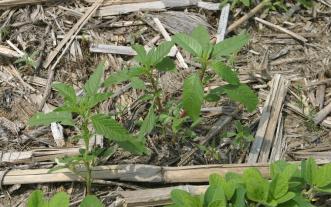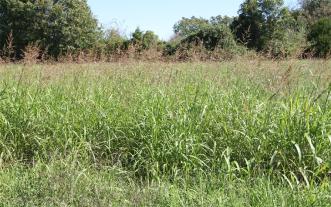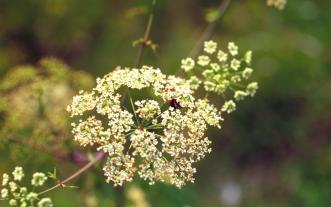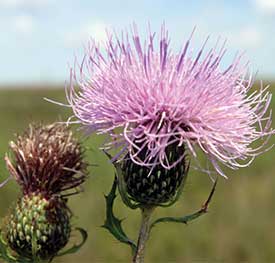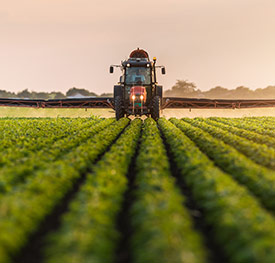Weed Science Extension
The Weed Science program at the University of Missouri administers extension, research and teaching programs to keep you informed of the latest findings in weed management.
Our online resources include a Missouri weed ID guide and a herbicide injury guide. Both of these guides are full of photos — to aid in the identification of a weed or the diagnosis of herbicide-caused crop injury, respectively. The herbicide injury guide is also available as a mobile app. In addition, we offer numerous publications, newsletter articles, videos and PowerPoint presentations on various aspects of weed control.
Fun facts
- Each acre of U.S. cropland contains 50 to 300 million buried weed seeds. Five to 10 percent of them germinate and emerge each year.
- Common ragweed plants typically release a billion pollen grains per plant from August through October, triggering allergic reactions for nearly 36 million Americans annually.
- Herbicides make it possible for American growers to use no-till production on 52 million acres, preventing 304 billion pounds of soil erosion annually.
- Ancient Egyptians wrapped their dead in the leaves of the giant reed (Arundo donax), now one of the worst riparian weeds in the U.S.
- An average waterhemp plant typically produces around 300,000 seeds that are the size of a pin head.
- Scientists have discovered that earthworms contribute to the spread of giant ragweed by systematically collecting and burying its seeds in their burrows.
- After a walk, Swiss engineer George de Mestral observed burs from common burdock (Arctium minus) stuck to his wool pants and his dog’s fur. A few years later he patented Velcro, an invention inspired by the weed.
Learn what you need to know to be a proper steward of synthetic auxin herbicides.
ID herbicide injury on-the-go with our app
Events
News
Resources
What the research says

Herbicide Screening Results: Search for the latest MU field research results by year, herbicide, weed or crop.


